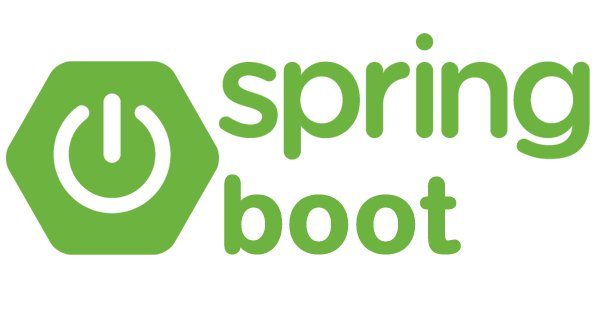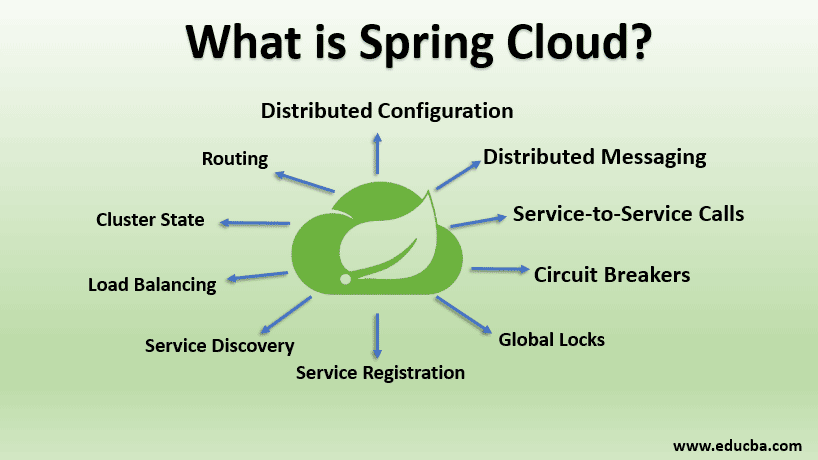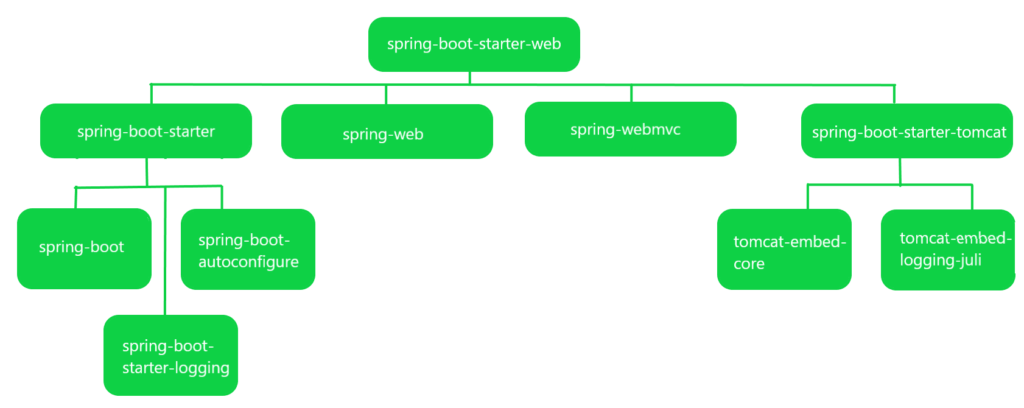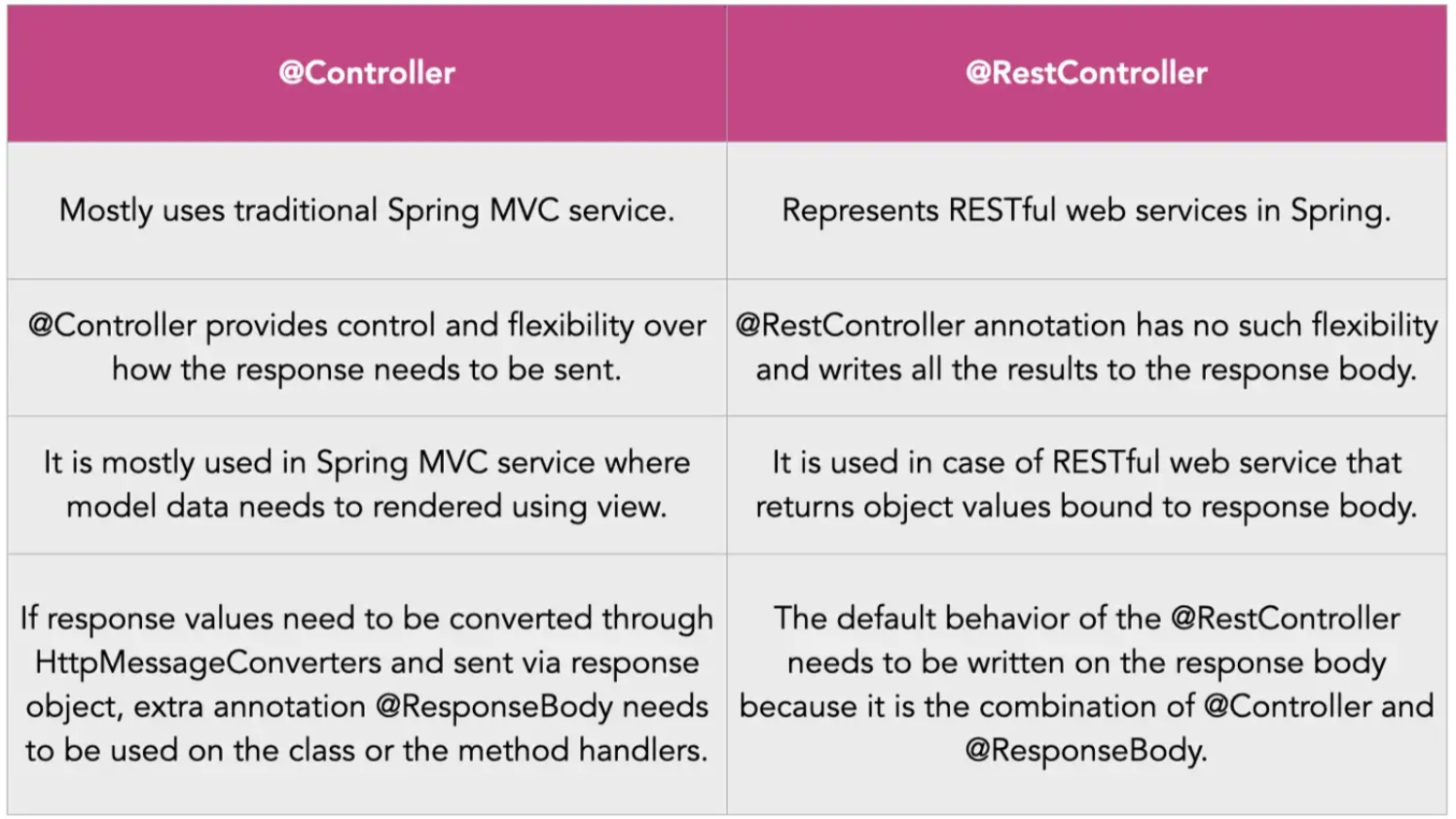This article was published as a part of the Data Science Blogathon.

Introduction
Spring Boot is an application developed on top of the Spring Framework. It makes it simpler and faster to install, set up, and execute both basic and web-based apps.
The Spring module provides the Spring Framework with the RAD (Rapid Application Development) capability. It is used to develop a standalone Spring-based application that may be executed without any Spring settings.
If you are attending a job interview and are searching for a list of spring boot interview questions and answers, you have arrived at the correct spot. This article contains a list of interview questions and answers for both experienced and inexperienced candidates, which will help you land your desired job. Here we go.
Why Should You Use Spring Boot?
Increases Productivity
Spring Boot dramatically simplifies Java programming. Spring Boot’s application environment and integrated web server make microservice development easy. To deploy microservices-based architectures at record speed and integrate it with Spring Cloud’s libraries, servers, patterns, and templates.
Fast Speed
Spring Boot features a quick startup, a quick shutdown, and streamlined execution by default. Spring projects increasingly embrace the reactive (nonblocking) programming approach for improved efficiency. Developer efficiency is Spring’s greatest strength. Spring Boot facilitates the development of apps with far less effort than other competing paradigms. Embedded web servers, auto-configuration, and “fat jars” facilitate a speedy start.
Security
Spring Boot handles security concerns swiftly and responsibly. Spring committers fix and test reported vulnerabilities with security experts. Regular updates help keep your data and apps safe by monitoring third-party dependencies. Spring Security helps you integrate industry-standard security schemes and offer secure-by-default solutions.
1. What is Spring Cloud?
Spring Cloud is an open-source package that provides tools for efficiently deploying JVM-based applications to cloud environments. Because of features like Distributed configuration, Circuit breakers, Global locks, Service registrations, Load balancing, Cluster state, Routing, Load Balancing, and so on, it gives a better user experience and an expandable mechanism. It can operate with spring and many apps written in various languages.

The following are the main features:
- Distributed Messaging
- service-to-service calls
- Circuit breakers
- Global locks
- Service registration
- Service Discovery
- Load balancing
- Cluster state
- Routing
2. Mention the Benefits of Spring Boot.
Benefits of a Spring Boot –
- It supports convention over configuration. Thus, you may completely bypass XML configuration.
- SpringBoot helps to enhance productivity by reducing development time.
- Reduces the amount of boilerplate code in your program.
- It includes integrated HTTP servers like Tomcat, Jetty, etc, for developing and testing your applications.
- It includes a CLI (Command Line Interface) tool too that helps you to design and test your application from the command line.
3. What Features do Spring Boots Have?
The following are some of the important spring boot features:
- Springboot’s admin support function is used to administer applications remotely and also gives the ability to activate admin-related capabilities for the application.
- Spring Boot’s externalized configuration enables developers to work with the same application code in multiple environments.
- Springboot’s profile functionality helps you to separate portions of your application and make them exclusively visible in specific settings.
- Springboot’s logging functionality uses “Commons Logging” for all internal logging.
- Springboot’s internationalization functionality supports translated messages, providing your application to accommodate diverse language preferences.
- It integrates three JSON libraries: Gson, Jackson, and JSON-B.
- It is one of the platforms that is highly suited for web applications.
- By default, it is secure, providing basic authentication on all HTTP endpoints.
4. What is Spring Boot’s Main Dependencies?
The following are important Spring Boot dependencies that should be introduced to a Gradle or Maven-based application to ensure compatibility with its capabilities.

- spring-boot-starter-parent
- spring-boot-maven-plugin
- spring-boot-starter-test
- spring-boot-starter-security
- spring-boot-starter-actuator
- spring-boot-starter-web
5. How to Fix the Whitelabel Error Page in a Spring Boot Application?

This error, 404, is highly common in spring boot applications (page not found).
This can be resolved in three ways:
- Custom Error Controller – where you implement the ErrorController interface provided by SpringFramework and then override its getErrorPath() function to deliver a custom route whenever an error of this type occurs.
- By Displaying a Custom Error Page – Create an error.html file and insert it in the src/main/resources/templates directory. Springboot’s BasicErrorController will automatically select this file by default.
- By deactivating the Whitelabel error page – By setting the server.error.whitelabel.enabled parameter to be false in the application.properties file, you may deactivate the whitelabel error page. This is the easiest way.
6. What differentiates Spring Boot from JAX-RS?
Users can get considerable advantages over JAX-RS by using functionalities, like:
- Rapid deployment
- Scalability is excellent.
- Compatibility with containers
- Minimalist design
- Reduced manufacturing time
- Productivity has increased.
- Shortened development time
- Applications can be easily monitored and managed.
7. What do you Think About Starters in Spring Boot?
Starters are similar to launchers in that they provide a collection of dependencies that may be incorporated into the application. You may combine Spring and other technologies in one spot rather than searching, for example, code and dependencies all over the place. To use Spring JPA to access the database, just add the spring-boot-starter-data-JPA launcher requirement. Starters include dependencies that are required by many projects. They are a collection of supported management transitive dependencies that execute swiftly and constantly.
8. Discuss the Advantages of the YAML file over the Properties file, And Several Ways to Load the YAML File in Spring Boot.
YAML provides better clarity and is highly user-friendly. Maps, lists, and other scalar types are supported too. The hierarchical design of YAML helps eliminate repetition and indentations.
Suppose we have several deployment profiles, like development, testing, or production, and we may have different settings for each environment. In that case, we may store them in a single YAML file instead of creating separate files for each environment.
However, you cannot do so using the properties file.
Example:
spring: profiles: active: -test --- spring: profiles: active: -prod --- spring: profiles: active: -development
9. What is the Difference Between the @RestController and @Controller Annotations?
The traditional Spring @Controller annotation indicates that a class is marked as a controller. It’s essentially a @Component specialization that is identified automatically through classpath scanning. The @Controller annotation is used in conjunction with @RequestMapping annotated handler procedures. Developers use the @RestController annotation to create RESTful web services with the Spring Model-View-Controller framework (MVC). Spring @RestController transfers request data to request handler functions. The @RestController converts the response body to XML or JSON once the handler function creates it.

Source: Medium
Conclusion
This article provides information on Spring Boot, a sub-project of Spring’s open-source organization. It provides a one-stop shop for Spring components. It simplifies the process of using Spring. It saves a lot of settings and has a variety of launchers to help developers get started quickly. Along with the stated topics, all levels of interview questions are covered:
- What exactly is Spring Boot, and why should we use it?
- Its Benefits and Features
- Resolving the whitelabel error page
- Spring Cloud, Straters, YAML Files, and so on.
We hope this blog post has helped you familiarize yourself with commonly asked spring boot interview questions. These frequently asked interview questions might help you refine your abilities and ace your next interview.
The media shown in this article is not owned by Analytics Vidhya and is used at the Author’s discretion.




